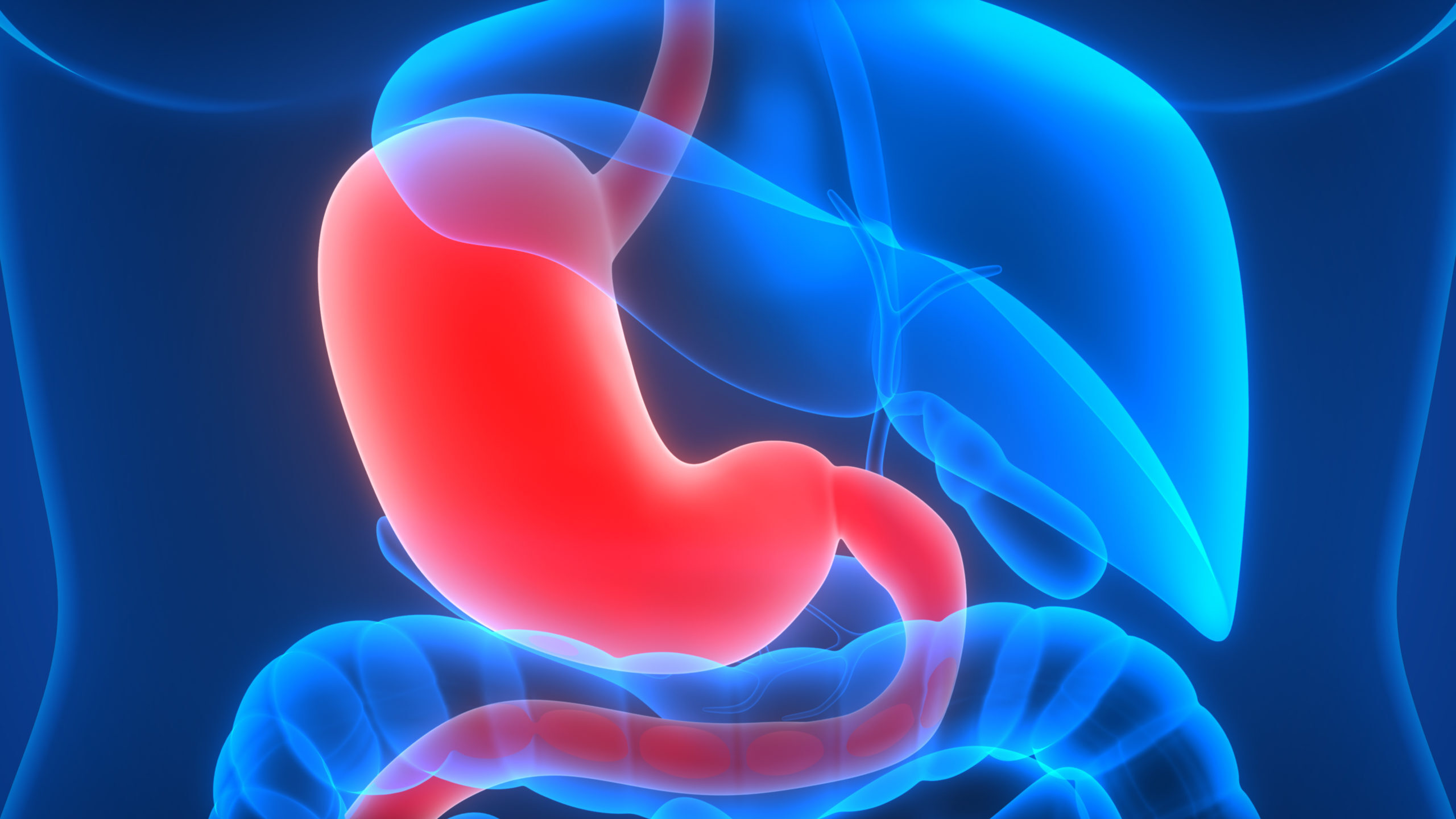
Magnet therapy has been around for centuries, but what exactly is it? Magnet therapy involves using magnets to improve health and well-being. People believe that magnets can help with pain relief, reduce inflammation, and even boost energy levels. Some claim it works wonders for conditions like arthritis, while others are more skeptical. But how does it work? The idea is that magnets can influence the body's natural electromagnetic field, promoting healing and balance. Whether you're a believer or a skeptic, there's no denying that magnet therapy has sparked a lot of interest. Ready to learn more? Here are 25 intriguing facts about magnet therapy that might surprise you!
What is Magnet Therapy?
Magnet therapy, also known as magnetic therapy or biomagnetic therapy, involves using magnets to improve health. Practitioners believe magnets can influence the body's energy fields and promote healing. Here are some intriguing facts about this alternative treatment.
-
Ancient Origins: Magnet therapy dates back to ancient civilizations like Egypt and Greece. Cleopatra supposedly wore a magnetic amulet to maintain her youth.
-
Magnetic Fields: The human body naturally produces magnetic fields. Magnet therapy aims to interact with these fields to promote healing.
-
Pain Relief: Many people use magnet therapy to alleviate pain. Some studies suggest it can help with conditions like arthritis and fibromyalgia.
-
Magnetic Bracelets: These are popular among those seeking pain relief. They are worn on the wrist and believed to improve blood flow and reduce inflammation.
-
Magnet Strength: The strength of magnets used in therapy is measured in gauss. Therapeutic magnets typically range from 300 to 5,000 gauss.
How Does Magnet Therapy Work?
The exact mechanism of magnet therapy is still debated. However, several theories attempt to explain how it might work.
-
Increased Blood Flow: One theory suggests magnets increase blood flow to affected areas, promoting healing by delivering more oxygen and nutrients.
-
Endorphin Production: Another idea is that magnets stimulate the production of endorphins, the body's natural painkillers.
-
Cellular Effects: Some believe magnets affect the body's cells, improving their function and promoting overall health.
-
Placebo Effect: Critics argue that any benefits from magnet therapy are due to the placebo effect, where patients feel better simply because they believe the treatment works.
Types of Magnet Therapy
There are various forms of magnet therapy, each with its own methods and applications.
-
Static Magnet Therapy: This involves placing magnets directly on the skin or wearing magnetic jewelry. It's the most common form of magnet therapy.
-
Electromagnetic Therapy: Uses electrically charged magnets to create a magnetic field. This type is often used in clinical settings.
-
Magnetic Mattress Pads: These are designed to be slept on, providing continuous magnetic therapy throughout the night.
-
Magnetic Insoles: Placed inside shoes, these insoles aim to relieve foot pain and improve overall energy levels.
Scientific Evidence and Controversies
Magnet therapy is a contentious topic in the medical community. Some studies support its benefits, while others find no significant effects.
-
Positive Studies: Some research indicates magnet therapy can reduce pain and improve quality of life for certain conditions.
-
Negative Studies: Other studies find no difference between magnet therapy and placebo treatments, questioning its effectiveness.
-
FDA Stance: The U.S. Food and Drug Administration (FDA) has not approved magnet therapy for medical use, citing a lack of conclusive evidence.
-
Alternative Medicine: Despite controversies, magnet therapy remains popular in alternative medicine circles, with many practitioners and patients swearing by its benefits.
Safety and Side Effects
Magnet therapy is generally considered safe, but there are some precautions and potential side effects to be aware of.
-
Minimal Side Effects: Most people experience no side effects from magnet therapy. However, some may feel dizziness, nausea, or skin irritation.
-
Pacemakers: People with pacemakers or other implanted medical devices should avoid magnet therapy, as it can interfere with these devices.
-
Pregnancy: Pregnant women are advised to avoid magnet therapy due to potential risks to the developing fetus.
-
Consult a Doctor: Always consult a healthcare provider before starting magnet therapy, especially if you have underlying health conditions.
Popular Uses of Magnet Therapy
Magnet therapy is used for a variety of health issues, from chronic pain to mental health.
-
Chronic Pain: Many people use magnet therapy to manage chronic pain conditions like back pain and migraines.
-
Mental Health: Some believe magnet therapy can help with mental health issues like depression and anxiety, though evidence is limited.
-
Sports Injuries: Athletes sometimes use magnet therapy to speed up recovery from sports injuries.
-
Sleep Disorders: Magnetic mattress pads and pillows are marketed to improve sleep quality and reduce insomnia.
The Final Word on Magnet Therapy
Magnet therapy, a practice with roots stretching back centuries, continues to spark curiosity. While some swear by its benefits, scientific evidence remains mixed. Magnets are believed to improve blood flow, reduce pain, and enhance overall well-being. However, skeptics argue that any positive effects might just be placebo.
It's crucial to approach magnet therapy with an open mind but also a healthy dose of skepticism. Consult with healthcare professionals before starting any new treatment. Remember, what works for one person might not work for another.
In the end, magnet therapy's effectiveness largely depends on individual experiences. Whether you're a believer or a skeptic, understanding the facts helps make informed decisions. Stay curious, stay informed, and always prioritize your health.
Was this page helpful?
Our commitment to delivering trustworthy and engaging content is at the heart of what we do. Each fact on our site is contributed by real users like you, bringing a wealth of diverse insights and information. To ensure the highest standards of accuracy and reliability, our dedicated editors meticulously review each submission. This process guarantees that the facts we share are not only fascinating but also credible. Trust in our commitment to quality and authenticity as you explore and learn with us.


